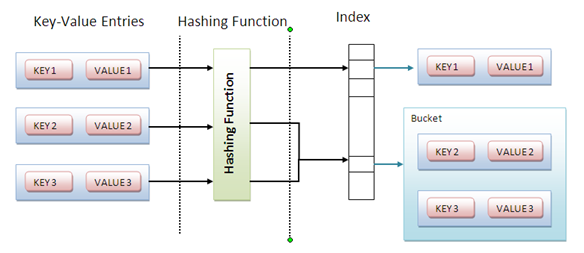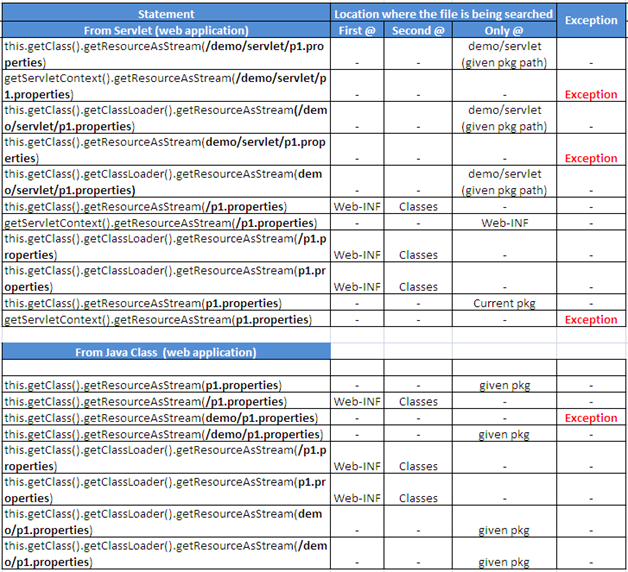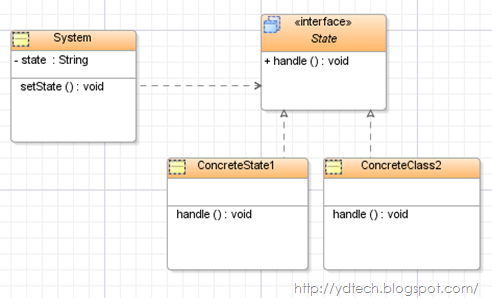Overview : AOP allows you to dynamically modify your static model consisting mainly of business logic to include the code required to fulfill the secondary requirements or in AOP terminology called cross-cutting concerns (i.e. secondary requirements) like auditing, logging, security, exception handling etc without having to modify the original static model (in fact, we don't even need to have the original code). Aspect Oriented Programming is a concept for separating cross-cutting concern into single units called Aspects. The best possible uses of AOP are like auditing, logging, security, exception handling etc without having to modify the original static model. Object Oriented vs Aspect Oriented programming : In OOP real world problems are mapping to Objects. OOP encourages software re-use using encapsulation, inheritance and polymorphism. It is very difficult to cleanly maintain separate concerns into modules. An attempt to do a minor change in the program design may requi




